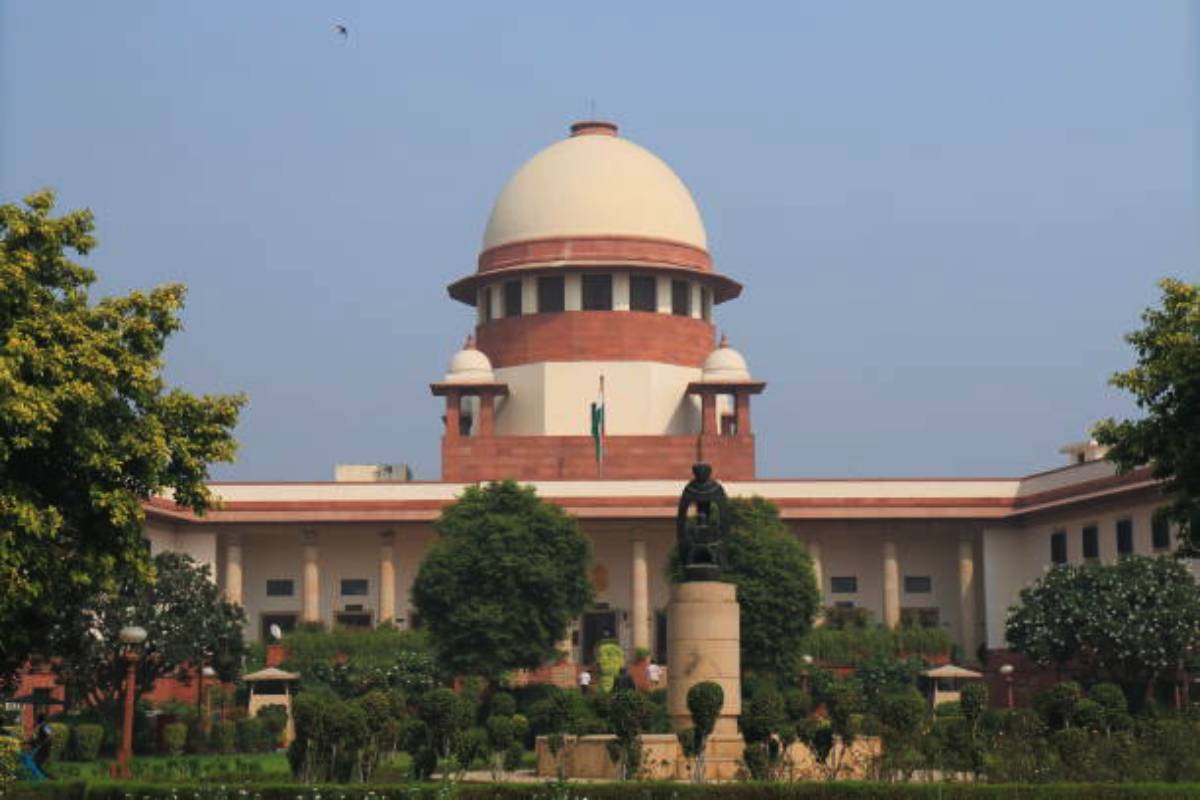The Supreme Court, by a majority of 4:1, upheld the Modi government’s November 2016 decision to demonetise Rs 500 and Rs 1000 denomination currency notes on Monday as it said that the notification under challenge “does not suffer from any flaws in the decision-making process” and “satisfies the test of proportionality and, as such, cannot be struck down on the said ground”.
While Justice S Abdul Nazeer, Justice B R Gavai, Justice A S Bopanna, Justice V Ramasubramanian found no legal flaw with the demonetisation decision, Justice B V Nararathna in a dissenting judgment said that the decision to demonetise Rs 1,000 and Rs 500 denomination currency notes that constituted 84 per cent of the total legal tenders was illegal as it could not have been brought by the government without enacting law or issuing an ordinance.
Pronouncing the judgment for the majority, Justice Gavai said that the power available to the Central government under sub-section (2) of Section 26 of the RBI Act cannot be restricted to mean that it can be exercised only for ‘one’ or ‘some’ series of bank notes and not for ‘all’ series of bank notes. The power can be exercised for all series of bank notes.”
Having said this, Justice Gavai further said that merely because on two earlier occasions (1947 and 1978), the demonetisation exercise was by plenary legislation, it cannot be held that such a power would not be available to the Central government under sub-section (2) of Section 26 of the RBI Act.
Justice Gavai, speaking for the majority, said this while answering six questions that were framed for adjudicating 53 petitions that had challenged the demonetisation decision that included the question ‘Whether the power available to the Central Government under sub-section (2) of Section 26 of the RBI Act can be restricted to mean that it can be exercised only for “one” or “some” series of bank notes and not “all” series in view of the word “any” appearing before the word “series” in the said subsection, specifically so, when on earlier two occasions, the demonetisation exercise was done through the plenary legislations?”
Rejecting the plea that more time, beyond 52 days, should have been given for exchanging the demonetised legal tenders of Rs 1,000 and Rs. 500, the top court said, “The period provided for exchange of notes vide the impugned notification dated 8th November 2016 cannot be said to unreasonable”.
Not disputing the government’s authority to demonetise currency notes of any denomination and insisting that it can be done by enacting a law, Justice Nagarathna said that given the secrecy that accompanies demonetisation decision, the government could have taken the ordinance route.
Justice Nagarathna said that issuing a gazette notification for affecting demonetisation cannot be a substitute to a well-crafted legislative mandate for taking such a decision.
“… when a statute contemplates a specific procedure to be adhered to in order to arrive at a desired end, such procedure cannot be substituted by an alternative procedure which is not contemplated under the statute. Further, if an action is to be carried out by way of issuance of a particular statutory instrument on the basis of certain requirements, such action cannot be validly carried out by way of issuance of an instrument when the same is not contemplated under the Act. This is particularly so when the instrument enacted stands on a different footing than the one meant to be enacted”, says the dissenting judgment by Justice Nagarathna.
However, Justice Nagarathna clarified that her terming of demonetisation decision as ‘Illegal” has no bearing on the objective of the decision to curb fake currency, black money, terror funding and drug trafficking, money laundering money, parallel economy, and the security.
It is beyond the pale of doubt that the said measure, which was aimed at eliminating these depraved practices, was “well-intentioned”, Justice Nagarathna said, “The measure (decision of demonetisation) has been regarded as unlawful only on a purely legalistic analysis of the relevant provisions of the Act and not on the objects of demonetisation (that were sought to be achieved)”.
Referring to the November 7, 2018, communication addressed by the Secretary, Department of Economic Affairs, Ministry of Finance to the Governor, RBI, Justice Nagarathna said, “This demonstrates that there was no independent application of mind by the Bank (RBI). Neither was there any time for the Bank to apply its mind to such a serious issue. This observation is being made, having regard to the fact that the entire exercise of demonetisation of all series of bank notes of Rs.500/- and Rs.1,000/- was carried out in twenty-four hours.”
Noting that demonetisation decision was taken in 2016 and has already been acted upon, Justice Nagarathna said that law laid down in her dissenting judgment would apply prospectively and would not affect any action taken by the Central Government or the Bank pursuant to the issuance of the Notification dated 8th November, 2016.












